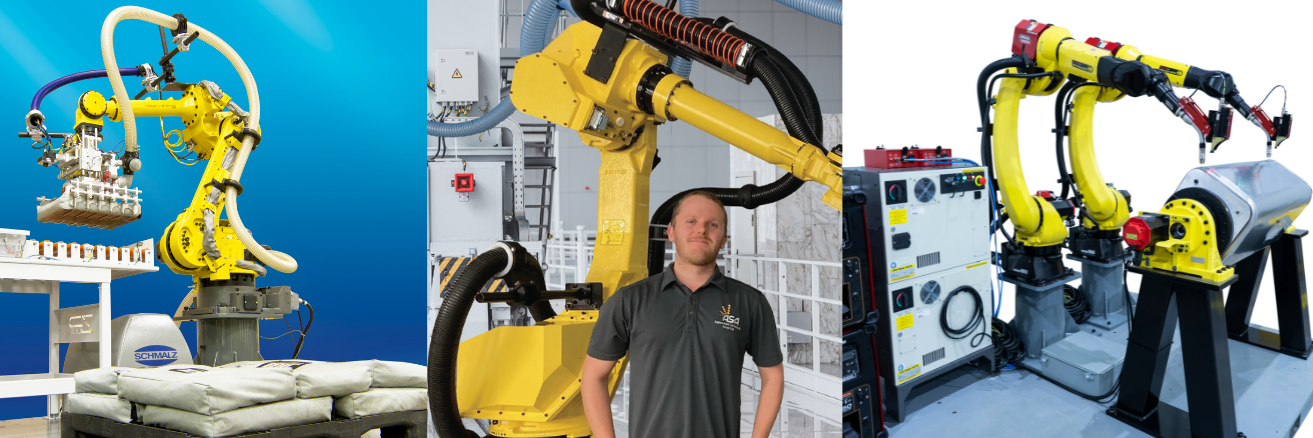Robotic arms are at the core of modern production and manufacturing change the rules in a manner that was previously impossible. They bring accuracy, safety and efficacy. These amazing machines, commonly referred to as robot arms, are essential in all industries and are driven by the imperative need to reduce operating costs while maintaining the highest standards of quality. Incorporating robotic arms into the production lines allows manufacturers to not only reduce costs, but also increase worker safety and efficiency. Find out how these machines have reshaped the landscape of industrial production.

Image credit: automatedsolutions.com.au
Cost efficiency is the primary factor behind the global acceptance of robotic arms. The pressure on factories to reduce production errors, waste materials and workplace accidents are constant. Robotic arms have been designed to solve these issues. As opposed to humans, robot arms can perform routine tasks with precision that eliminate costly errors and reducing waste of raw materials. For instance, in high-volume industries such as automotive manufacturing, robot arms execute precise welding and part positioning making sure that the assembly is perfect every time. This can lead to significant savings as less defective items mean less work or waste.
Safety is another cornerstone of the robotic arm revolution. Numerous manufacturing jobs like handling dangerous materials or operating machines that are heavy pose a risk to human workers. With the help of robot arms, businesses can eliminate employees from the dangerous surroundings, dramatically decreasing the chance of workplace injuries. Robotic arms, designed as a chain of joints that move can replicate the functions of human arms, without causing physical harm. Equipped with programmable hand effectors that allow these machines to accomplish tasks that could be hazardous for humans, such as welding or spinning.
The versatility of robotic arms makes them a game-changer across diverse industries. Robots can be adapted to numerous tasks, from assembly for automobiles to electronic production. The ability to program these arms allows them to execute complicated tasks such as painting or applying fiberglass at a high degree of precision. Robotic arms have revolutionized the process of palletizing in warehouses by automating it with speed and accuracy. The automation increases productivity and efficiency because robot arms operate all the time, never tiring.
The rising popularity of cobots (collaborative robots) which work in conjunction alongside human employees is one of the most exciting advances in the field. Cobots, which are equipped with a robotic arm be able to interact with humans in a seamless manner, unlike industrial robots, that are typically restricted to cells. A cobot’s robotic hand can be used to perform difficult lifting tasks and repetitive tasks in factories, so that human workers can free up to handle more complex tasks. Collaboration increases productivity, while also ensuring a safe working surroundings, as cobots can be programmed to stop or alter their movement if someone is nearby.
The impact of robotic arms goes beyond efficiency and safety to the fundamental structure of manufacturing today. They are essential for industries that require extreme precision for tasks like welding, assembly or even material handling. For example, can be utilized to rotate and move components during assembly in automotive industry to ensure that they are perfectly aligned without any human involvement. Robots are also utilized in electronic devices to handle fragile components. This minimizes the risk of damage and improves the quality of output.
Robotic arms are predicted to gain importance as industries develop. As they can reduce costs, improve safety, and adapt for different tasks, robotic arms are the core of the future of manufacturing. Combining cutting-edge technology and human ingenuity robot arms are more than instruments. They’re partners in the pace of innovation and are changing how we create our world.
